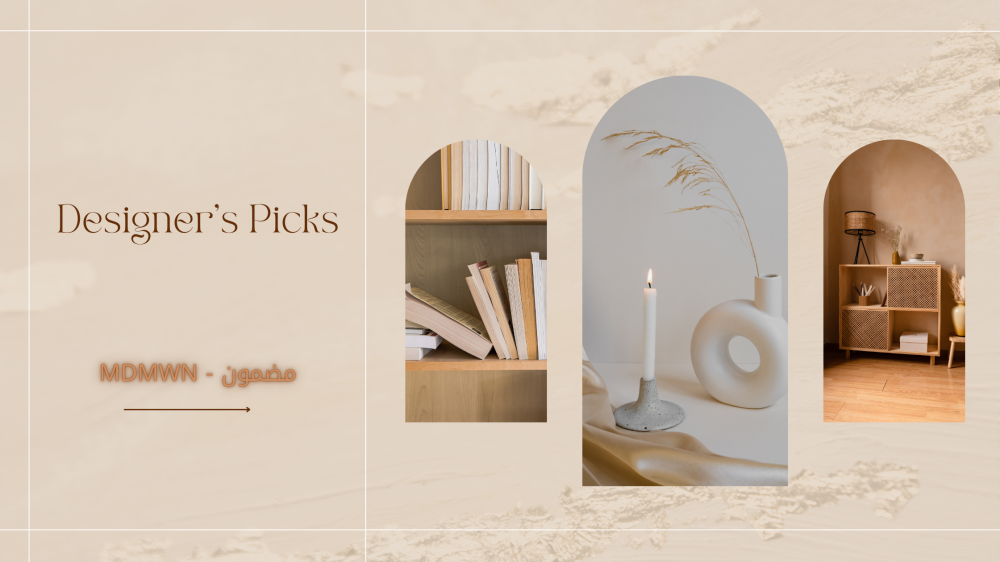Introduction
Interior design is the art of organizing and coordinating interior spaces to meet practical and aesthetic needs. Whether you are planning to renovate your home or design a new office, understanding the basics of decoration can help you create an attractive and comfortable environment.
Interior design basics
1. Understanding the space
Before starting the design, it is essential to analyze the available space. Measuring the dimensions and understanding the flow of movement within the room helps in choosing the appropriate furniture and accessories.
2. Choosing colors
Colors have a great impact on the mood and sense of space. Light colors make rooms appear larger and brighter, while dark colors add a touch of luxury and warmth.
Tips for choosing colors:
Use a harmonious color palette.
Add distinctive color touches using pillows or artwork.
3. Balance beauty and function
Furniture and accessories should be practical and beautiful at the same time. For example, you can choose a comfortable sofa with elegant design touches.
Check the balance of elements in the room using the "3:1" rule: three aesthetic pieces versus one functional piece.
4. Lighting
Lighting adds life to any design. A combination of natural and artificial lighting creates different atmospheres:
General lighting: such as chandeliers and ceiling lamps.
Task lighting: for focused lighting such as desk lamps.
Aesthetic lighting: such as wall lamps or light strips.
Decor design styles
1. Modern Style
Relies on clean and simple lines, neutral colors, and the use of materials such as glass and steel.
2. Classic Style
Characterized by luxury and ornate details, with the use of rich colors and traditional furniture.
3. Bohemian Style
Provides a sense of freedom and diversity using different patterns, bold colors, and natural materials such as bamboo and cotton.
4. Scandinavian Style
Focuses on simplicity and comfort, with the use of white colors and furniture made of natural wood.
Mistakes to avoid in decor design
Crowding the room with furniture: Make the spaces open and easy to move around.
Color mismatch: Choose harmonious and comfortable colors.
Over-accessorizing: Simplicity is key.
Ignore lighting: Don’t rely solely on natural or general lighting.
Tips for designing a distinctive interior
Add indoor plants to add a touch of nature.
Use mirrors to increase the sense of space.
Mix different styles carefully to create a unique design.
Let the decor express your personality through pictures or favorite pieces of art.
Conclusion


